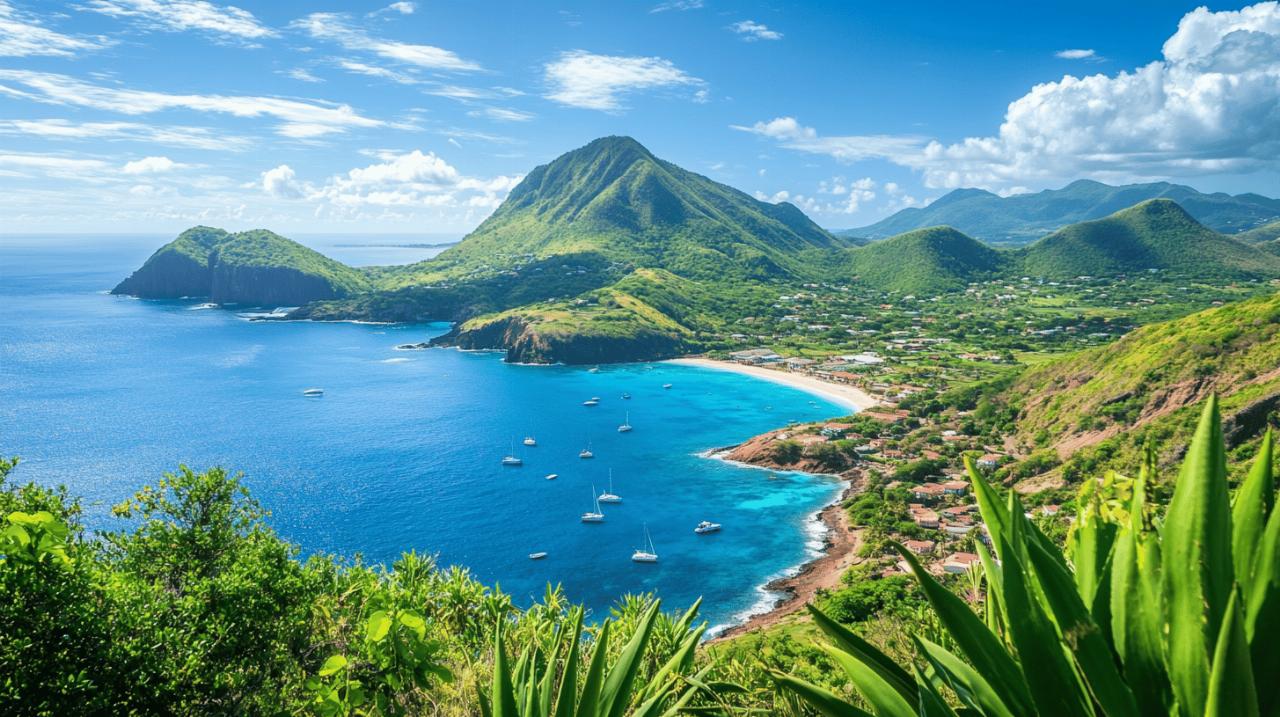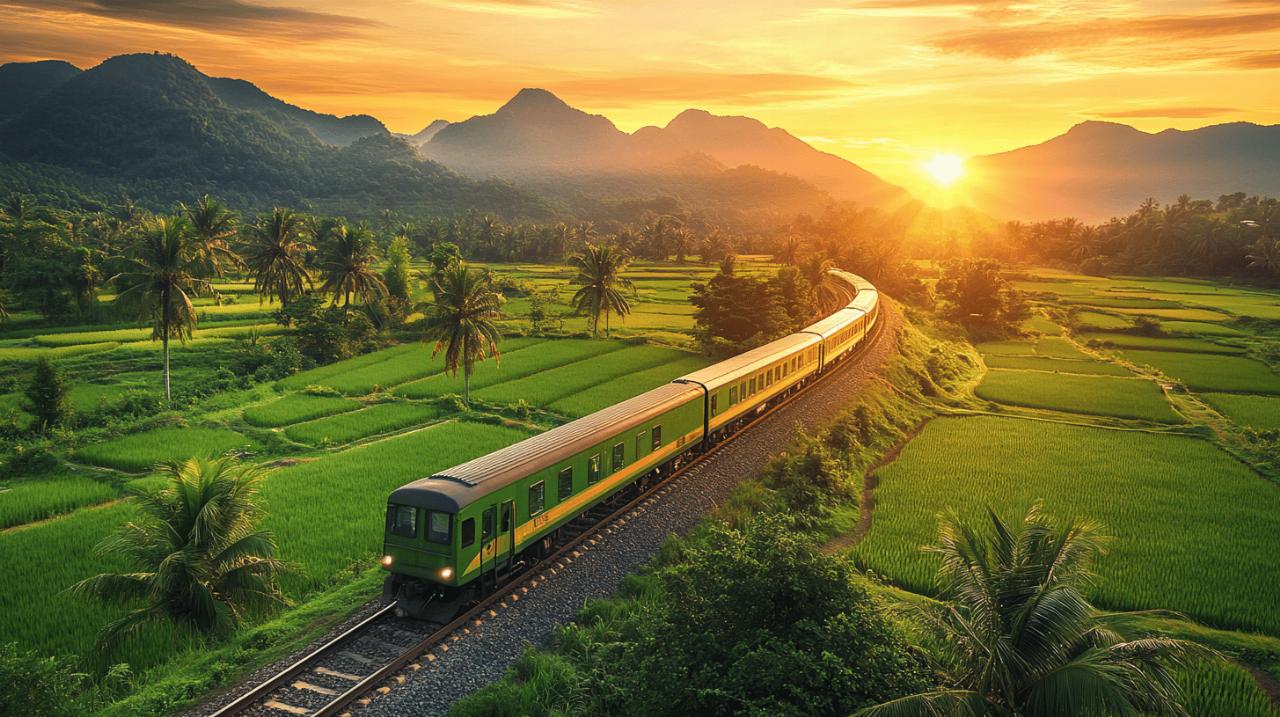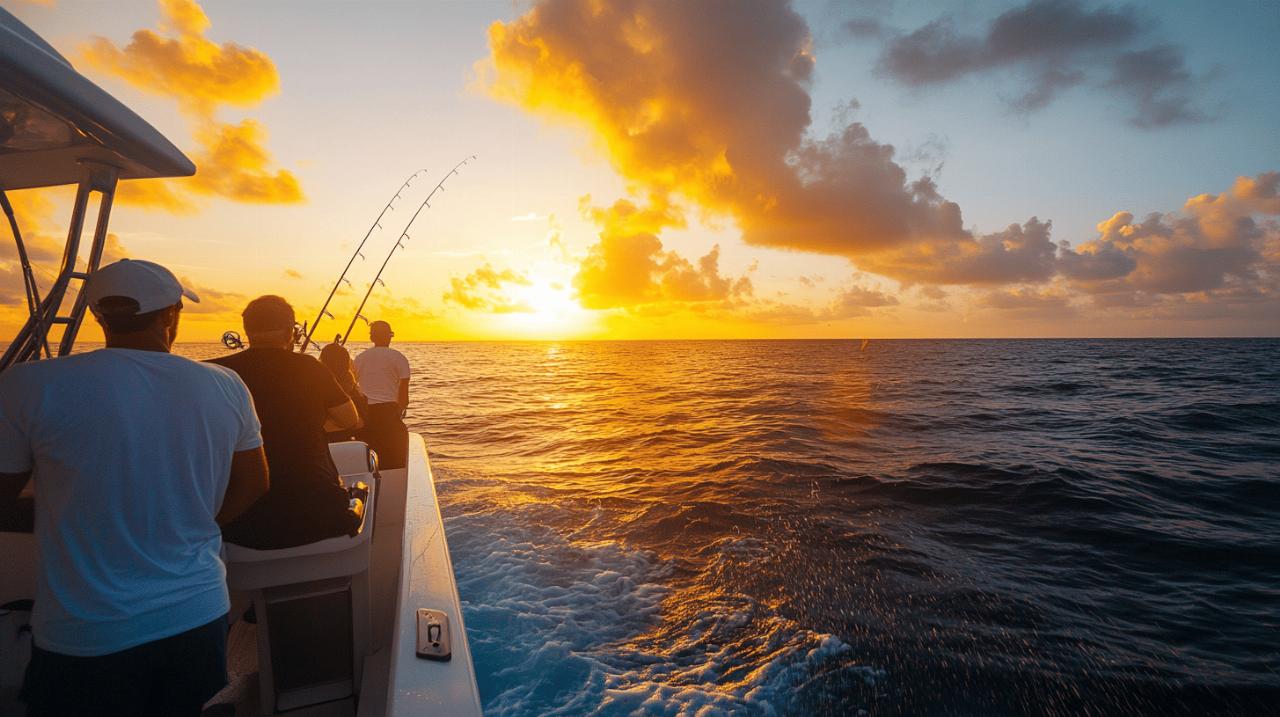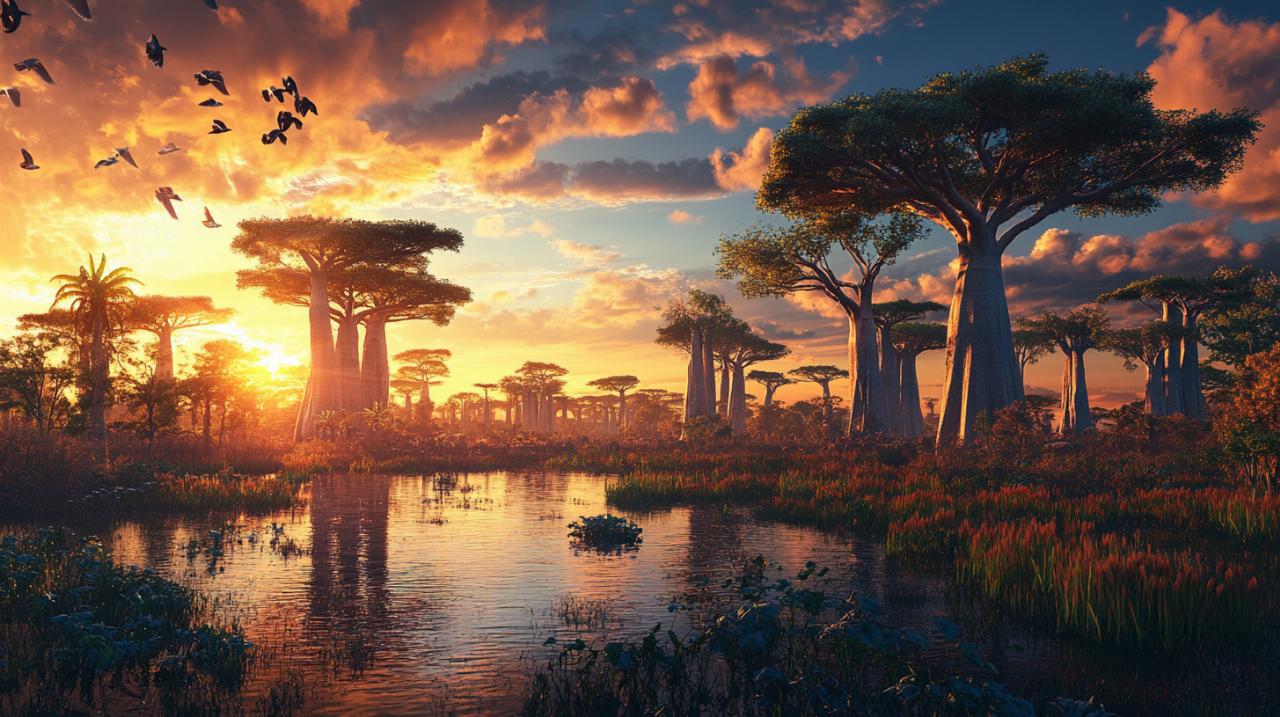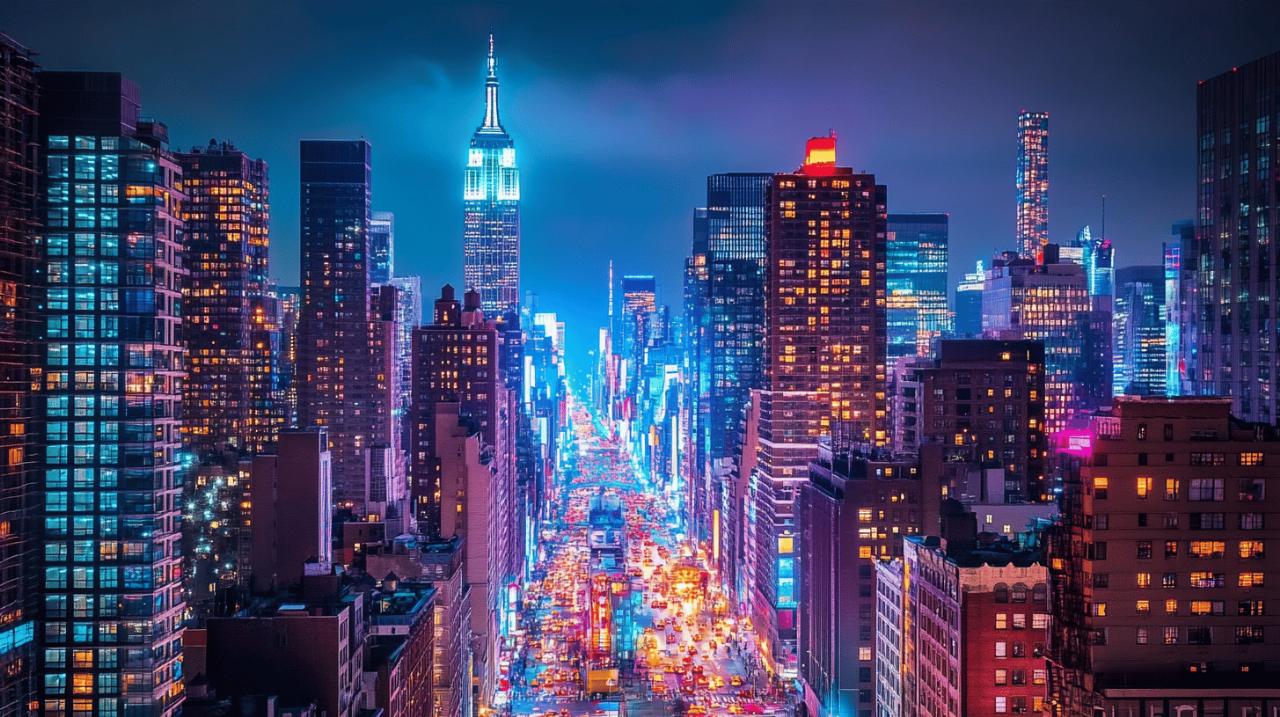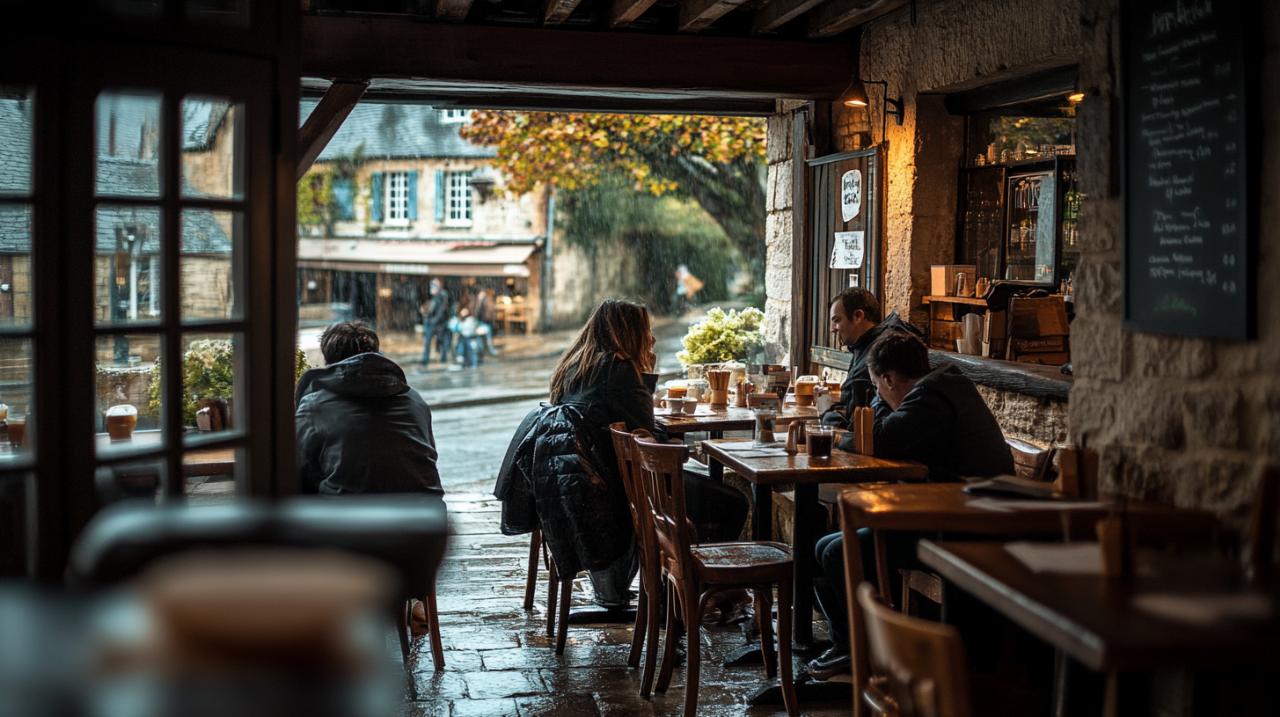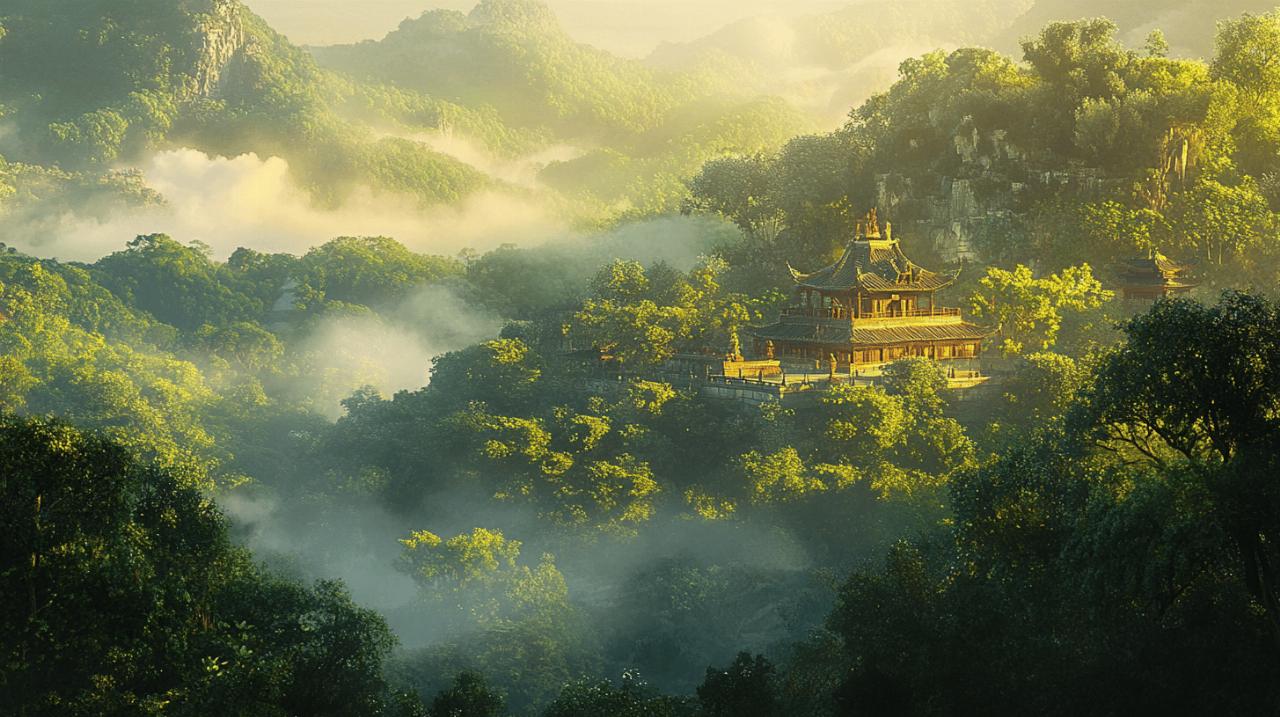Vietnam's railway network offers photographers an extraordinary opportunity to capture the country's diverse landscapes, from lush coastal stretches to verdant rice paddies and dramatic mountain passes. The Reunification Express, stretching over 1,072 miles from Hanoi to Ho Chi Minh City, serves as a moving gallery of Vietnamese life and scenery. This journey through the heart of Vietnam presents unique challenges and rewards for those seeking to document the railway experience through their lens. Whether you're travelling through historic stations or witnessing daily life unfold from your carriage window, understanding the technical and practical aspects of train photography will transform your visual storytelling.
Essential camera gear for capturing vietnam's railway landscapes
Selecting the appropriate photographic equipment for a Vietnamese railway journey requires careful consideration of the unique conditions you'll encounter. The confined spaces within carriages, the constant motion of the train, and the ever-changing lighting conditions demand versatile gear that can adapt quickly. Your equipment choices will directly impact the quality and variety of images you can capture during your travels.
Choosing the Right Lenses for Train Photography
The ideal lens selection for photographing Vietnam's scenic railway journey balances versatility with image quality. A standard zoom lens covering the range from approximately 24 millimetres to 70 millimetres proves invaluable for capturing both interior scenes and landscape vistas through windows. This focal length range allows you to document the intimate moments of Vietnamese daily life within the carriage whilst also framing expansive views of rice paddies and coastal scenery. For those seeking to capture distant details such as fishing villages along the coast or architectural elements of stations, a telephoto lens extending to 200 millimetres provides the necessary reach without excessive bulk. Prime lenses, whilst offering superior optical quality, present practical challenges in the restricted environment of a moving train where changing lenses frequently becomes cumbersome. Consider a fast aperture lens, ideally f/2.8 or wider, to cope with the lower light levels often encountered inside carriages and during dawn or dusk shooting when the soft light beautifully illuminates the Vietnamese countryside.
Portable equipment tips for mobile shooting
Mobility remains paramount when photographing from a moving train, making compact and lightweight equipment essential. A sturdy but portable camera body with effective in-body stabilisation helps counteract the vibrations and movements inherent to rail travel. Modern mirrorless cameras offer an excellent balance between image quality and portability, with their compact dimensions proving advantageous in tight spaces. Bring multiple memory cards and fully charged batteries, as opportunities for recharging may be limited during overnight journeys on sleeper berths. A small cleaning kit containing a blower, microfibre cloths, and lens cleaning solution becomes indispensable for managing dust and smudges on your equipment, particularly when shooting through train windows. Consider a lightweight but stable beanbag or small cushion that can serve as an improvised support when resting your camera against the window frame, helping to reduce camera shake during slower shutter speed exposures. Avoid carrying excessive gear that restricts your movement within the carriage or creates inconvenience for fellow passengers sharing the limited space of first class carriages or sleeper compartments.
Best viewpoints along the reunification express route
The railway journey from north to south Vietnam presents an ever-changing tapestry of landscapes, each section offering distinct photographic opportunities. Understanding which stretches provide the most compelling visuals allows you to plan your shooting strategy and position yourself advantageously within the carriage. The route encompasses coastal passages, agricultural heartlands, and mountainous terrain, each demanding different approaches to composition and timing.
Coastal scenery between hue and da nang
The railway section connecting Hue and Da Nang stands amongst the most photographically rewarding segments of the entire Reunification Express route. This stretch hugs the coastline, offering spectacular views of the South China Sea meeting white sand beaches and rugged coastal formations. The train passes through the scenic Hai Van Pass region, where mountains plunge dramatically into the ocean, creating compositions that combine multiple landscape elements within a single frame. Lang Co Station provides a brief ten-minute stop where passengers can step onto the platform for unobstructed photographs without the complications of shooting through glass. The journey between these two destinations takes approximately two to three hours, with the most striking coastal views appearing roughly midway through the trip. Morning departures capture the eastern light illuminating the coastline, whilst afternoon journeys bathe the landscape in warm, golden tones. The dedicated trains running between these cities, numbered HD1/2 and HD3/4, make this particular journey accessible even for those not undertaking the full north-to-south expedition.
Rice Paddy Vistas in the Mekong Delta Region
As the train approaches the southern terminus of Ho Chi Minh City, the landscape transforms into the intricate patchwork of rice paddies and waterways characteristic of the Mekong Delta region. This agricultural heartland presents photographers with quintessentially Vietnamese scenes of farmers tending their crops, water buffalo working the fields, and the geometric patterns created by the organised cultivation. The verdant greens of growing rice contrast beautifully with the earthy tones of recently worked soil and the blue of irrigation channels. These scenes appear most vivid during the growing season, which typically extends from May through October in southern Vietnam. Shooting through carriage windows requires particular attention to reflections and glass cleanliness in this region, as the abundant light reflecting off water surfaces can create challenging exposure situations. The slower pace of agricultural life in these areas rewards patient observation, as compelling moments often unfold gradually rather than passing in an instant. Consider positioning yourself on the western side of the carriage during afternoon journeys to capture the warm light illuminating the paddies, creating long shadows that emphasise the texture and depth of the landscape.
Technical photography tips for moving train shots
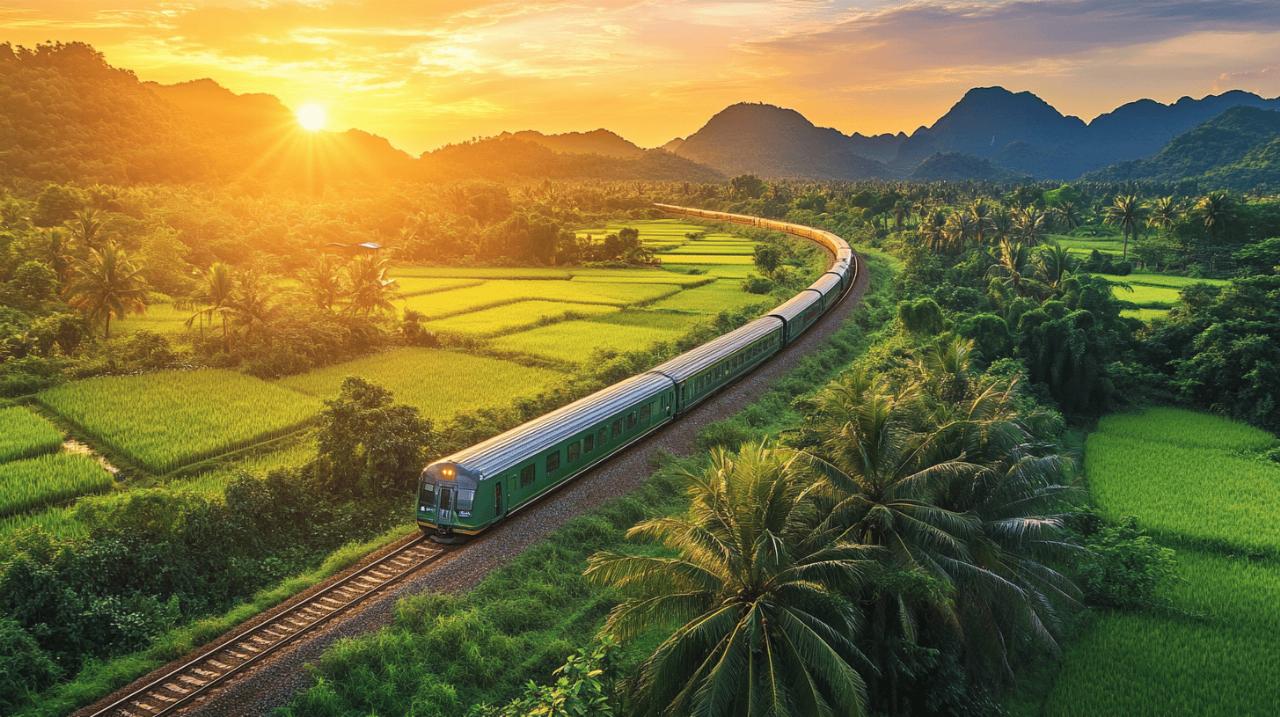 Photographing from a moving train presents unique technical challenges that differ significantly from stationary landscape photography. The constant motion, vibration, and changing distance from subjects require adjustments to standard photographic techniques. Mastering these adaptations separates mediocre train window snapshots from compelling images that capture the essence of Vietnamese railway travel.
Photographing from a moving train presents unique technical challenges that differ significantly from stationary landscape photography. The constant motion, vibration, and changing distance from subjects require adjustments to standard photographic techniques. Mastering these adaptations separates mediocre train window snapshots from compelling images that capture the essence of Vietnamese railway travel.
Managing shutter speed and motion blur
The perpetual movement of the train forces photographers to make critical decisions about shutter speed that balance sharpness against creative blur. For distant subjects such as mountains or the horizon line, relatively modest shutter speeds of 1/250th of a second often suffice to freeze motion, as the apparent movement of far objects remains minimal even whilst the train travels at speed. Closer subjects including nearby rice paddies, buildings, or roadside scenes require significantly faster shutter speeds, typically 1/500th of a second or quicker, to prevent motion blur from rendering them unsharp. Intentional motion blur can create compelling images that convey the sensation of movement and journey, particularly when a static element such as a carriage window frame or interior detail remains sharp whilst the exterior landscape streaks past. Panning techniques, where you track a moving subject by rotating your camera at the same speed as the subject moves through the frame, prove challenging from a moving train but can yield striking results when successfully executed. The vibration of the train itself introduces an additional source of camera shake beyond your own hand movements, making image stabilisation features and higher shutter speeds more critical than in typical handheld photography. Experiment with different shutter speeds throughout your journey to discover which settings produce the aesthetic results you find most satisfying.
Lighting challenges through train windows
Photographing through train windows introduces numerous lighting complications that require thoughtful solutions. Reflections from interior lights, passengers, and your own equipment can appear in your images, particularly problematic when shooting from the shaded side of the carriage or during evening hours. Pressing your lens directly against the window glass, cushioned by a lens hood or cloth to prevent scratches and vibration, minimises reflections by eliminating the air gap where they typically form. The window glass itself may be scratched, dirty, or tinted, all of which degrade image quality and colour accuracy. Selecting the cleanest section of window available and shooting at wider apertures helps throw window imperfections out of focus, rendering them less visible in your final images. The contrast between bright exterior scenes and darker carriage interiors can confuse camera metering systems, resulting in underexposed landscapes. Using exposure compensation to add one or two stops beyond what your camera suggests often produces better-exposed exterior scenes, though this requires monitoring your histogram to avoid blown highlights in bright sky areas. The constantly changing angle of sunlight relative to your window creates situations where you might shoot into harsh direct light one moment and benefit from soft diffused light the next, demanding continuous adjustment of your exposure settings and compositional approach.
Planning your photography journey on vietnamese rails
Successful railway photography in Vietnam extends beyond technical camera skills to encompass careful planning of your journey itself. The timing of your travels, your choice of carriage and berth, and your awareness of the route's highlights all contribute to the photographic opportunities available. Thoughtful preparation maximises your chances of capturing compelling images whilst ensuring a comfortable and enjoyable travel experience.
Booking the Right Carriage for Optimal Photo Opportunities
Your choice of ticket class and carriage position significantly influences your photographic possibilities throughout the journey. Soft seat carriages in second class provide comfortable daytime travel with large windows and the freedom to move about, making them excellent choices for photographers undertaking shorter segments such as the journey from Da Nang to Hue. For overnight journeys, sleeper berths offer rest between photographic sessions at dawn and dusk, with soft berth compartments providing more privacy and comfort than hard berth options, though at a premium price. Window-side lower berths in sleeper carriages grant easiest access for photography without disturbing other passengers, whilst upper berths position you slightly higher with a marginally different perspective. When booking through platforms such as 12go.asia or the Vietnam Railway booking platform, note that specific berth requests cannot always be guaranteed, though booking well in advance improves your chances of securing preferred positions. The small group tours focusing on photography, with a maximum of five guests, eliminate much of this uncertainty by arranging optimal seating and providing guidance on the best shooting locations. Consider that the eastern side of the train receives morning light whilst the western side benefits from afternoon and evening illumination, a factor worth considering when selecting your seat if the booking system allows such specificity.
Timing your journey for golden hour photography
The quality of natural light dramatically affects the mood and visual impact of your railway photographs, making departure times a crucial consideration. Early morning departures allow you to capture the soft, directional light of dawn illuminating the Vietnamese countryside, with long shadows adding depth and dimension to landscapes. The period roughly thirty minutes before sunset provides the renowned golden hour light that bathes scenes in warm, flattering tones particularly suited to landscape photography. Overnight journeys on the Reunification Express, which takes approximately two nights to complete the full north-to-south route, position you to photograph both sunrise and sunset from the train, albeit at different locations along the extensive journey. The months from March to June and August to November offer the most favourable weather conditions for photography tours, avoiding the heaviest monsoon rains that can obscure views and reduce contrast in your images. Cultural events such as the Hue Festival and Sa Pa Autumn Festival add colour and human interest to your photographic narrative, though these popular periods may mean more crowded trains and reduced availability of optimal berths. The eco-friendly nature of train travel compared to other transport modes aligns with sustainable tourism principles whilst simultaneously providing superior photographic access to Vietnam's natural beauty and daily life. Planning your journey to coincide with optimal lighting conditions at the most scenic portions of the route requires studying timetables and potentially breaking your journey at intermediate destinations such as Ninh Binh, Dong Hoi, or Quy Nhon, each offering distinct photographic subjects from natural caves to fishing villages and ancient ruins.

